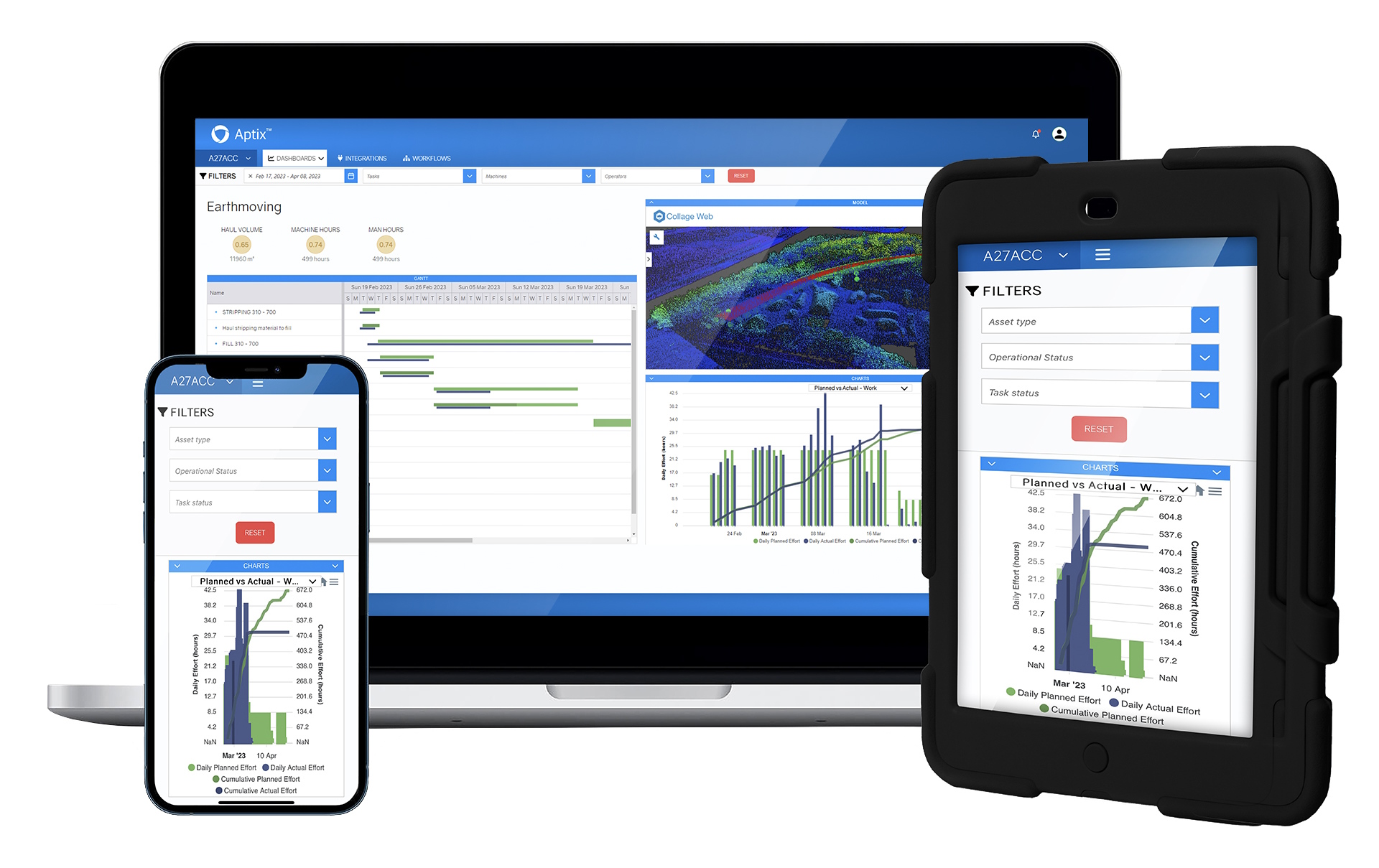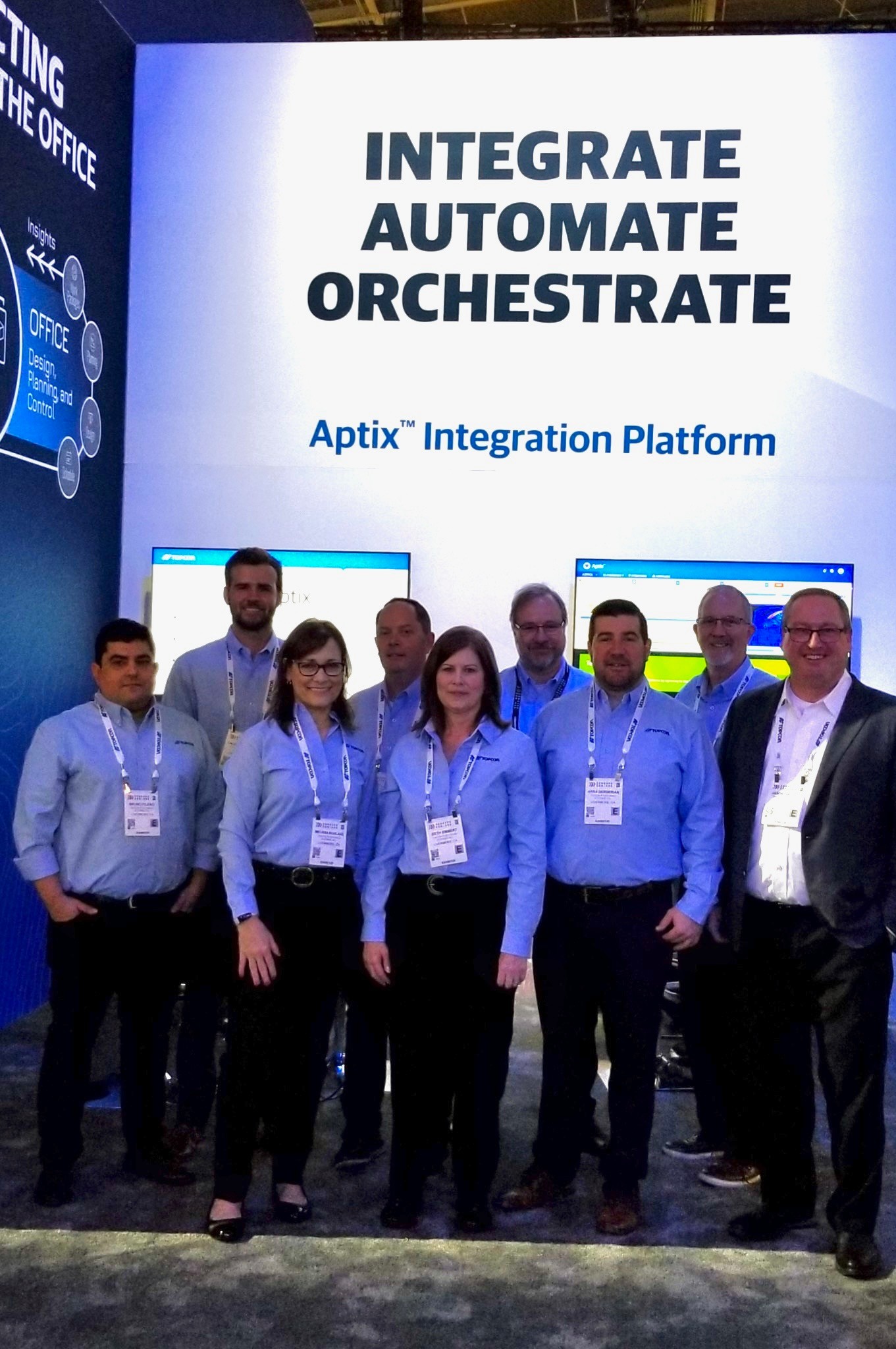
Teaming Up With Topcon Positioning Systems to Prepare Their Platform, Aptix, for Conexpo Demonstration
Are you in the construction industry and looking for a digital platform that can integrate with third-party apps and streamline your workflows? Or are you simply looking for an example of our coding expertise being put to good use? Either way, look no further than Aptix by Topcon Positioning Systems, a SaaS platform that offers a range of digital integration services to help construction professionals work smarter, not harder. And it's recently been spiced up with a touch of Lombiq!

Construction works better digitally.
Earlier this year, the Topcon Integration Services development team approached us at Lombiq to contribute to several key features on the Aptix platform. Over the course of several months, the two teams worked diligently on the platform to ensure Topcon meets their site functionality goals in time for their important platform demo at this year's ConExpo event.

The Topcon Integration Services team at ConExpo.
Our team primarily worked on the platform's integrations and workflows features, the former of which allows integrating various third-party construction-related apps, while the latter is built on top of the underlying framework with additional improvements. These tasks primarily included working with JavaScript front-end technologies and CSS theming tools to make the project more efficient. Joining a project with its own conventions and distinct technologies is always a challenge, but it's one we were happy to take on.
While our involvement with the platform's development was relatively brief, it was also exceedingly productive, and the collaboration allowed the Topcon team to meet vital deadlines leading up to their presentation at ConExpo. Here's how Arra Derderian, Senior Director at Topcon Aptix, experienced our collaboration:
The Lombiq team was able to ramp up quickly and help us meet a tight release deadline. The developers were knowledgeable and able to take instruction without a lot of overhead from our team. We appreciate the help they gave us to meet our milestone.
Our expertise is available for both long-term and shorter projects. Should the opportunity interest you, here is where you can learn more about how we can help you work more efficiently and effectively.